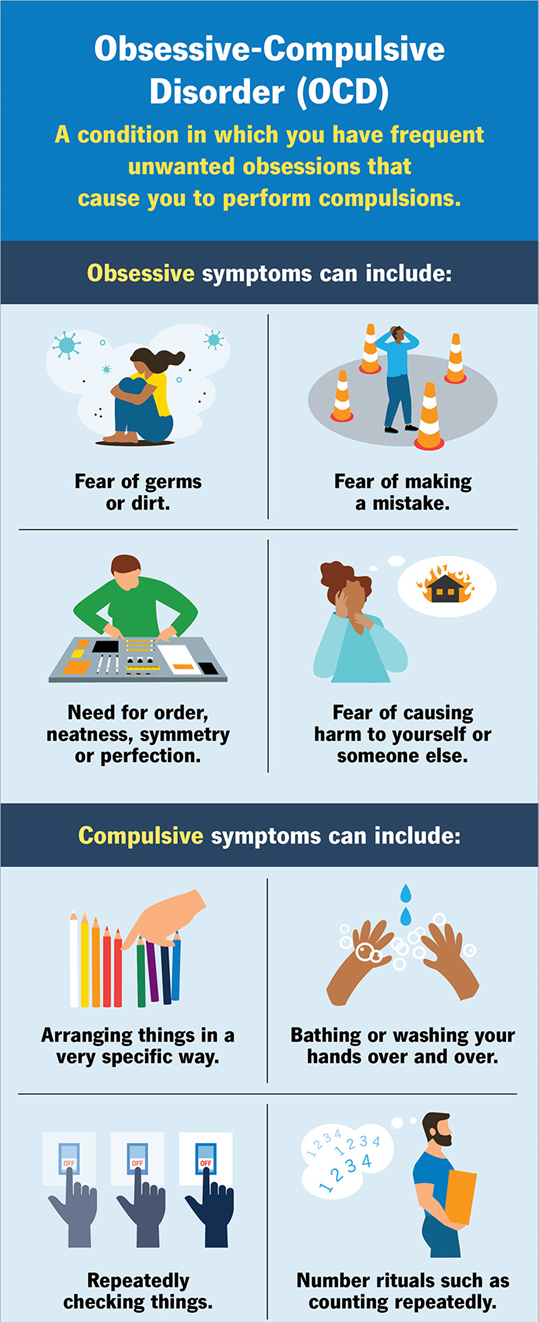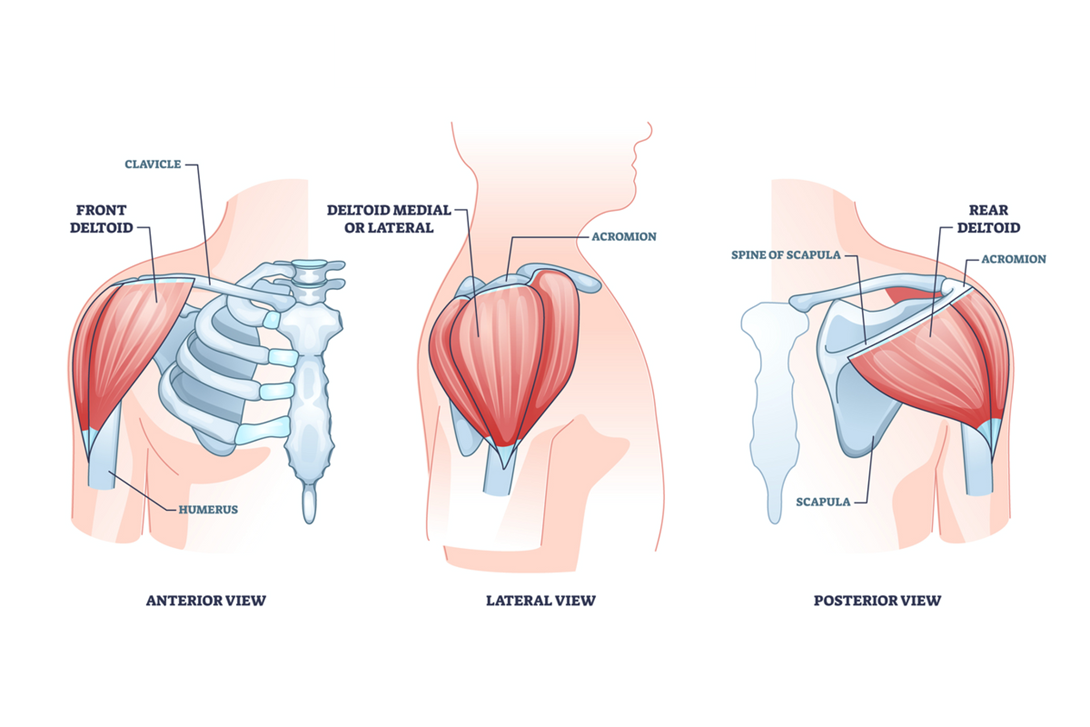A client diagnosed with Obsessive-Compulsive Disorder has developed a number of compulsive washing rituals over the years. The nurse recognizes that these behavioral rituals serve which purpose?
Draws attention and approval from significant others.
Provides temporary and partial relief from anxiety.
Increases the inhibitory powers of their superego.
Blocks delusions and hallucinations from awareness.
The Correct Answer is B
Choice A Reason:
Draws attention and approval from significant others.
This statement is incorrect. Compulsive washing rituals in Obsessive-Compulsive Disorder (OCD) are not typically performed to draw attention or gain approval from others. Instead, these rituals are driven by an internal need to reduce anxiety and distress associated with obsessive thoughts. The primary function of these behaviors is to manage the individual’s own anxiety rather than to seek external validation.
Choice B Reason:
Provides temporary and partial relief from anxiety.
This is the correct response. Compulsive washing rituals in OCD are performed to alleviate the intense anxiety and distress caused by obsessive thoughts. Although the relief is temporary and partial, it reinforces the behavior, creating a cycle where the individual feels compelled to repeat the ritual to manage their anxiety. This temporary relief is a key characteristic of compulsive behaviors in OCD.

Choice C Reason:
Increases the inhibitory powers of their superego.
This statement is incorrect. The concept of the superego is related to Freud’s psychoanalytic theory, where it represents the internalized moral standards and ideals. Compulsive washing rituals in OCD are not performed to increase the inhibitory powers of the superego but rather to reduce anxiety and distress. The rituals are a response to obsessive thoughts rather than a means of enhancing moral inhibition.
Choice D Reason:
Blocks delusions and hallucinations from awareness.
This statement is incorrect. Delusions and hallucinations are more commonly associated with psychotic disorders, such as schizophrenia, rather than OCD. Compulsive washing rituals in OCD are not intended to block delusions or hallucinations but to manage anxiety related to obsessive thoughts. The focus of these rituals is on reducing distress rather than addressing psychotic symptoms.
Nursing Test Bank
Naxlex Comprehensive Predictor Exams
Related Questions
Correct Answer is ["125"]
Explanation
To calculate the infusion rate in drops per minute:
- Identify the total volume to be infused: 125 mL
- Identify the total time for infusion: 1 hour (which is 60 minutes)
- Identify the drop factor: 60 gtts/mL
Step 1: Calculate the infusion rate in mL per minute.
- Volume (mL) ÷ Time (minutes)
- 125 mL ÷ 60 minutes = 2.0833 mL per minute
Step 2: Calculate the infusion rate in drops per minute.
- Infusion rate (mL per minute) × Drop factor (gtts/mL)
- 2.0833 mL per minute × 60 gtts/mL = 125 gtts per minute
The drug will infuse at 125 drops per minute.
Correct Answer is D
Explanation
Choice A Reason:
Using a 23-gauge, 1-inch needle for an intramuscular (IM) injection in the deltoid muscle is generally appropriate for adults. The deltoid muscle is a common site for IM injections, especially for small volumes of medication (up to 2 mL). The acromion process is a correct landmark for locating the deltoid muscle. However, the deltoid muscle is not the best site for larger volumes or more viscous medications. Additionally, the needle length might not be sufficient for individuals with more subcutaneous fat, potentially leading to suboptimal medication delivery.
Choice B Reason:
A 25-gauge, 0.5-inch needle is typically used for subcutaneous injections rather than intramuscular injections. The rectus femoris muscle can be used for IM injections, but it is not the preferred site due to the potential for increased pain and discomfort. Aspiration before injection is a debated practice; current guidelines suggest that aspiration is not necessary for most IM injections, except when injecting into the dorsogluteal site, which is not recommended due to the risk of hitting the sciatic nerve.
Choice C Reason:
A 27-gauge, 1.5-inch needle is appropriate for IM injections, and the vastus lateralis is a suitable site, especially for infants and young children. However, massaging the injection site after administering an IM injection is not recommended. Massaging can cause the medication to disperse into the subcutaneous tissue, reducing its effectiveness and potentially causing irritation or bruising.
Choice D Reason:
Using a 21-gauge, 1.5-inch needle for an IM injection in the ventrogluteal area is considered safe and effective. The ventrogluteal site is preferred for IM injections because it is free from major nerves and blood vessels, reducing the risk of injury. The Z-track technique is used to prevent medication from leaking into the subcutaneous tissue, ensuring that it remains in the muscle for proper absorption. This technique is particularly useful for medications that can stain or irritate the skin and subcutaneous tissue.

Whether you are a student looking to ace your exams or a practicing nurse seeking to enhance your expertise , our nursing education contents will empower you with the confidence and competence to make a difference in the lives of patients and become a respected leader in the healthcare field.
Visit Naxlex, invest in your future and unlock endless possibilities with our unparalleled nursing education contents today
Report Wrong Answer on the Current Question
Do you disagree with the answer? If yes, what is your expected answer? Explain.
Kindly be descriptive with the issue you are facing.
